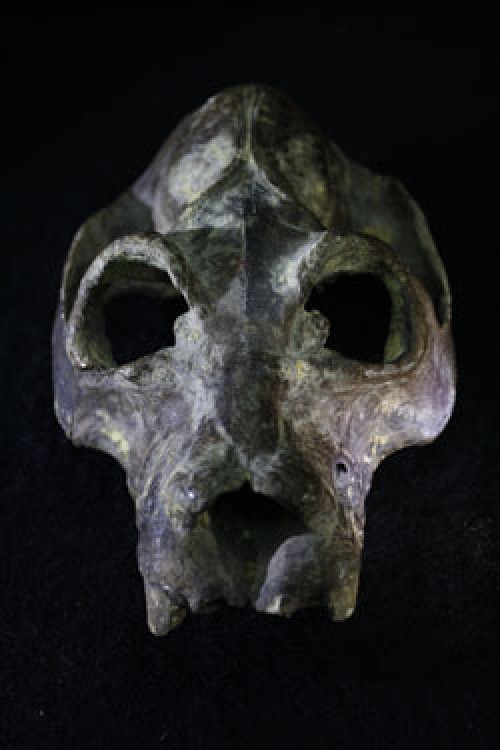Despite popular belief, humans did not hunt giant lemurs living on Madagascar into extinction thousands of years ago. Ancient DNA has revealed that their small population size is actually to blame, shedding light on what factors put today’s modern lemurs at risk, a new study says.
Aside from the impressive giant lemur, the African island of Madagascar has been home to all sorts of unusual creatures, with more than 80 percent of the island’s plants and animals found nowhere else. Before humans even arrived on the island some 2,000 years ago, 10-foot-tall elephant birds, pygmy hippos, monstrous tortoises, a horned crocodile, and at least 17 species of now-extinct lemurs – some weighing a whopping 350 pounds – were roaming around.
To find out why these giant lemurs were eventually wiped out, researchers at Duke University relied on ancient DNA from lemur bones and teeth dating back 550 to 5,600 years ago. They looked at as many as 23 individuals from each of five extinct lemur species, including a giant ruffed lemur, a baboon lemur, a koala lemur and two sloth lemurs. The study also included genetic data from eight species still alive today, three of which are the largest of the modern day lemurs.
They found that all the extinct species had lower genetic diversity than those lemurs that survived – a hallmark of small population size.
“Analyzing nuclear DNA will enhance our understanding of the actual population sizes of the lemurs before they succumbed to extinction, which will better allow us to develop genetic ‘extinction alerts’ for living lemurs,” study co-author Anne Yoder of Duke said in a statement.
More than 70 percent of the 100 lemur species living today are now considered endangered or critically endangered by the International Union for the Conservation of Nature (IUCN).
Researchers considered that maybe the size of giant lemurs contributed to their extinction, but they found no such link between body size and genetic diversity in modern day’s lemurs – the largest of which tip the scales at about 15 pounds.
“This publication will hopefully be a step towards unlocking the answers of why and how lemur diversity expanded across this large island and why so much of it has been lost,” added co-author Edward Louis.


